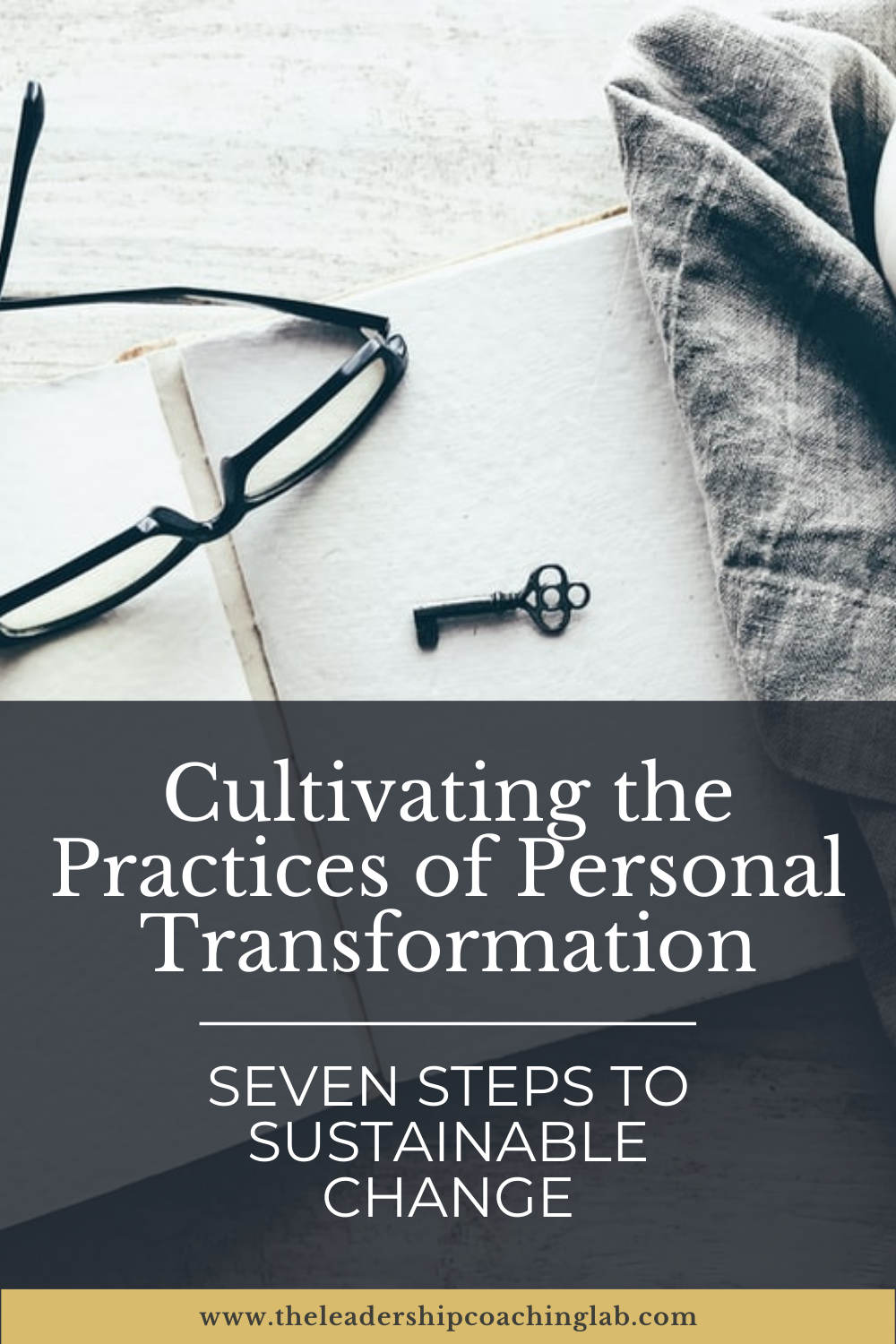7 Steps to Less Stress
It’s not the load that breaks you down, it’s the way you carry it.
-LOU HOLTZ
Signs of Unhealthy Stress
A quick glance at a few global statistics reveals that unhealthy stress is a major challenge for workplaces, schools, and homes across the world. Consider these staggering statistics, reported by the Global Organization for Stress:
Stress in the workplace is increasing with 60% of employees in major economies reporting higher levels of stress.
80% of employees report significant stress in the workplace and approximately 40% say they need support to manage their stress.
Stress is a major health concern for U.S. teenagers currently in high school.
Depression (often linked to stress) is one of the top causes of disability across the world.
Of course, some stress (known as “eustress”) is positive. It’s when healthy stress turns to distress that it can quickly build up and get toxic if we don’t find effective ways to manage it.
So how do you know when your stress level is getting unmanageable? Symptoms of unhealthy stress include: headaches, irritability, insomnia, depression, anxiety, and other physical effects (stomachache, high blood pressure, weakened immune system, etc.).
The first step to change is awareness - recognizing what your specific stressors are, and which are contributing to an unhealthy level of stress.
Seven Steps to Complete the Stress Cycle
When we experience an internal or external stressor that our mind perceives to be a threat of some kind, our “fight or flight” response is triggered and our body reacts with a variety of physiological changes designed to help us survive a dangerous environment. Our heart beats faster, the blood pumps harder, our breathing gets quicker, muscles tense, and our attention is attuned and on high alert.
As our bodies are flooded with this stress response, the most natural reaction is to run… to escape the threats that we are facing (the “flight” response). And in fact, running would be the perfect way to complete the stress response that our body has initiated. However, in most of our everyday experiences, it’s impossible, impractical, or just socially unacceptable to run a few laps when we sense our body responding to stress. But when a stress response is regularly activated without an opportunity to finish the cycle, healthy levels of stress may tip over into the unhealthy realm, and eventually stress can build to chronic levels in our body.
So, what do you do? What activities help you to complete the body’s stress response?
To effectively complete your body’s stress response, you need to engage in activities that essentially deactivate the alarm system that has been triggered. The list below provides research-based strategies that can help to convince your mind that threats have been eliminated and the environment is safe again:
Physical Exercise: Exercise is the most efficient way to finish the stress cycle, and between 20-60 minutes a day is a great goal. If longer bouts of exercise feel challenging, moving your body in any way — a short walk, a few quick stretches, or standing instead of sitting — is still helpful.
Breathing: Deep, slow breaths can help to reduce the body’s stress levels. There are many breathing exercises you can do to experiment: check out these different breathing activities suggested by WebMD.
Positive Social Interaction: Social connectivity is key to healthy wellbeing. Gallup’s research shows us the importance of having a friend at work. If a close friend isn’t nearby, even chatting casually with acquaintances can boost your mood and reduce the effects of stress.
Laughing — or Crying: The physiological release that comes from genuine laughter or a deep, ugly cry is truly therapeutic - crying, for example, helps us to release negative emotions and stress. And the effects of laughing have been shown to actually have short and long-term health benefits.
Affection: A physical demonstration of appreciation for a loved one is a powerful antidote to combat the negative effects of stress. A 6-second kiss or a 20-second hug are recommended to achieve the mood-boosting effects. Snuggling a baby or petting an animal can have similar effects.
Creative Expression: Channeling your energy in creative outlets — art, theater, music, storytelling, and even sports — provides a safe space to experience and express big emotions, which helps to distract you from anxiety and move stress through your body.
Healthy Sleep Patterns: Sleep helps our bodies to restore and heal the essential cognitive, emotional, and physical functions that are vital to a healthy life. Research shows us that with adequate sleep we have fewer negative emotions and we can bounce back more quickly from a stressful experience.
Intentionally incorporating these practices into your everyday routine will support healthy stress management and improve your overall wellbeing. If you’re short on time, consider a multi-faceted approach to stress management: Exercise with friends, watch a humorous or moving drama with a group, or build breathing exercises into your workout routine.
For more information on completing the stress cycle and avoiding burnout, check out Burnout: The Secret to Unlocking the Stress Cycle by Emily and Amelia Nagoski.
Get the Complete Toolkit to Inspire Growth & Change
Get my free 60-page ebook featuring my 8-step process for growth and 80 powerful questions for coaching or reflection - designed for leaders, coaches, & personal growth enthusiasts.
You'll also join 2,000+ professionals who receive The Coaching Mindset, my newsletter for practical tips to inspire intentional growth and tools to take a coach approach.






